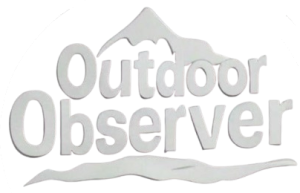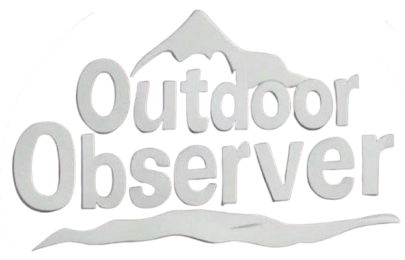This Content Is Only For Subscribers
pexels-alexmoliski-28903008-scaled.jpg)
The Future of Public Lands: Preserving Access and Wild Spaces
From towering mountain ranges and vast forests to sunbaked deserts and rugged coastlines, America’s public lands are the heartbeat of outdoor adventure. These spaces aren’t just landscapes—they’re the backdrop for generations of exploration, conservation, and cultural history. Yet, as more people seek solace in the wild, the question of how to protect these lands while keeping them accessible is more pressing than ever.
Striking a Balance Between Preservation and Access
Public lands have long been a haven for hikers, climbers, paddlers, and anglers. They provide a gateway to the natural world, fostering a deep connection between people and place. But with record visitation in recent years, the strain on these landscapes is undeniable. Trails are wearing thin, wildlife habitats are shrinking, and waste management is becoming a bigger challenge.
Land managers face a delicate balancing act—ensuring public access while safeguarding fragile ecosystems. Overuse and unchecked development could lead to irreversible damage, while excessive restrictions might limit the very experiences that make these places special. The key lies in thoughtful, sustainable management that considers both recreation and conservation
pexels-rdne-8553530-1-scaled.jpg)
The Stewards of Public Lands
The management of public lands is a patchwork of federal, state, and local agencies, each with its own mandate. National parks, national forests, and Bureau of Land Management (BLM) lands all operate under different guidelines, creating a complex system of oversight.
Some areas have faced reductions in protected status, sparking concerns about long-term sustainability. Others struggle with funding shortfalls, making maintenance and conservation efforts more difficult. Meanwhile, increasing interest from commercial industries—whether for recreation, tourism, or resource extraction—adds another layer to the conversation. How these lands are managed today will determine their condition for future generations.
The Power of Outdoor Enthusiasts
Those who explore public lands have a unique responsibility to help protect them. Grassroots advocacy groups and conservation organizations have played a pivotal role in preserving beloved landscapes. But beyond organized efforts, individual actions matter, too. Following Leave No Trace principles, supporting trail restoration projects, and advocating for responsible policies can make a significant impact.
Sustainable tourism initiatives are also gaining traction, encouraging practices that minimize environmental footprints. Some destinations are implementing permit systems and visitor caps to prevent overcrowding, while others are investing in infrastructure improvements to handle increased foot traffic without harming ecosystems
pexels-av-raw-192440052-11410830-scaled.jpg)
The Road Ahead: Solutions for a Changing Landscape
Looking to the future, the challenges facing public lands will only grow. Climate change is altering landscapes, federal budgets fluctuate, and the popularity of outdoor recreation continues to soar. So, what’s next?
Investment in sustainable infrastructure—such as improved trail systems, better waste management, and visitor education programs—could help ease the strain. Encouraging responsible outdoor behavior through public awareness campaigns will also be key. Collaboration among agencies, conservation groups, and outdoor communities will shape policies that protect these spaces while keeping them open for exploration
At its core, the future of public lands rests in the hands of those who cherish them. By staying informed, advocating for thoughtful policies, and treading lightly on the land, outdoor enthusiasts can help ensure these wild places remain untamed, accessible, and protected for generations to come
pexels-chaitaastic-2228875-scaled.jpg)



